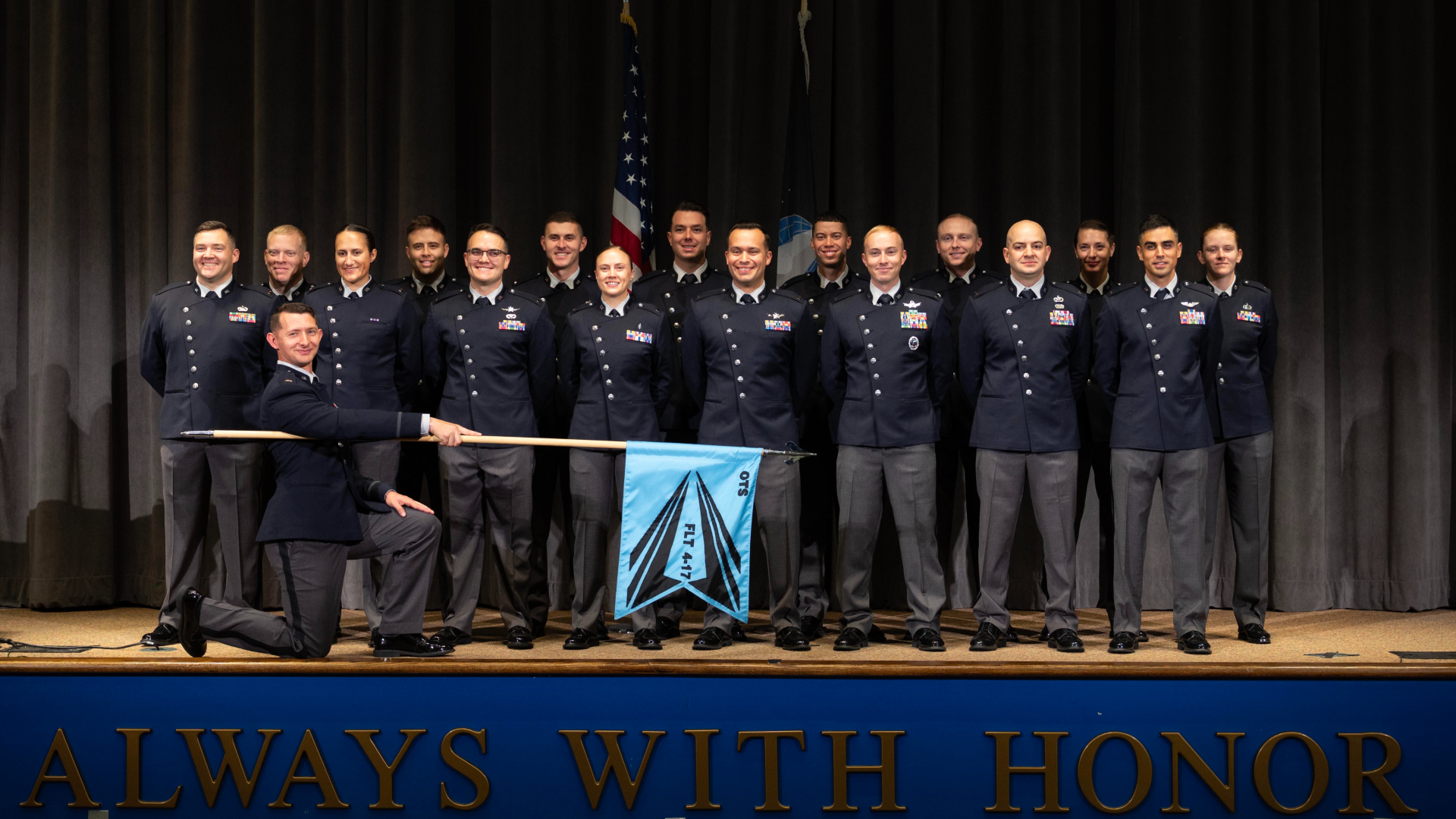SpaceX's all-civilian Inspiration4 astronaut crew flew a meteorite back to space (briefly)
Astronaut Sian Proctor says it's the first time humans deliberately let a space rock revisit its home.

After spending 50,000 years on Earth, a meteorite got the chance to visit space again for almost three days, during the all-civilian Inspiration4 mission in September.
Pilot Sian Proctor shared a video on Twitter Friday (Dec. 10) showing a fragment of the immense Canyon Diablo space rock that slammed into northern Arizona, forming Barringer Crater (better known as Meteor Crater.)
"This is the first meteorite brought back to space," Proctor said in the tweet, which showed the meteorite backdropped by a 360-degree cupola viewing window that took the place of SpaceX's traditional Crew Dragon docking mechanism. (Since Inspiration4 did not visit the International Space Station, it didn't need the mechanism.)
Inspiration4: SpaceX's historic private spaceflight in photos
A collaboration with Arizona State University allowed Proctor, a graduate of the institution, to fly the 4.4 ounce (127 gram) fragment to space. Over 30 metric tons of material have been recovered from the original impactor, according to ASU, which had a diameter of between 98 and 164 feet (30 to 50 meters.)
Proctor thanked ASU professor Meenakshi (Mini) Wadhwa, director of the university's school of Earth and space exploration, for making the collaboration possible. Wadhwa announced the meteorite's brief space journey in a tweet in October, adding the rock will be placed on permanent display at the school's gallery of exploration.
I got to bring a meteorite to space with @SESEASU and @ASUMeteorites. This is the first meteorite brought back to space!! Thank you @minwadhwa for loaning me this beautiful space rock! One of the many reasons I ❤️ being a Sun Devil!! @ASU @inspiration4x #Space2inspire https://t.co/hG64ZAuhrJ pic.twitter.com/cb3eViLd5XDecember 10, 2021
Have you ever heard of a meteorite that returned to space? Thanks to @DrSianProctor for taking a space rock (#CanyonDiablo from the @ASUMeteorites collection) back to space for the first time! We will be displaying this our @SESEASU Gallery of Exploration @ASU’s Tempe campus. pic.twitter.com/597caDXf43October 15, 2021
It appears the practice for recovering rocks from space will come in handy for Wadhwa. She is also program scientist for NASA's Mars sample return mission expected to bring back part of the Red Planet to Earth in 2031. "In this role, Wadhwa will be responsible for the scientific integrity and the overall scientific success of the program," ASU officials wrote when she was appointed to the position in April.
Breaking space news, the latest updates on rocket launches, skywatching events and more!
A major goal of the Inspiration4 mission, besides flying four civilians to space funded by billionaire participant Jared Isaacman, was to raise $200 million for St. Jude Children's Research Hospital in Memphis, Tennessee. The mission exceeded its fundraising goal by landing day.
As for Proctor, during the mission she emphasized her hope for space to one day align with the "JEDI" acronym, which stands for just, equitable, diverse and inclusive. Proctor, 51, was the first female Black pilot in space and the oldest Black woman astronaut.
Follow Elizabeth Howell on Twitter @howellspace. Follow us on Twitter @Spacedotcom and on Facebook.

Elizabeth Howell (she/her), Ph.D., was a staff writer in the spaceflight channel between 2022 and 2024 specializing in Canadian space news. She was contributing writer for Space.com for 10 years from 2012 to 2024. Elizabeth's reporting includes multiple exclusives with the White House, leading world coverage about a lost-and-found space tomato on the International Space Station, witnessing five human spaceflight launches on two continents, flying parabolic, working inside a spacesuit, and participating in a simulated Mars mission. Her latest book, "Why Am I Taller?" (ECW Press, 2022) is co-written with astronaut Dave Williams.
